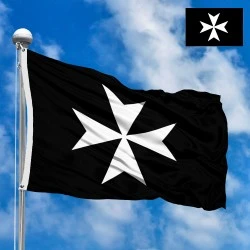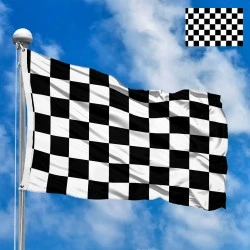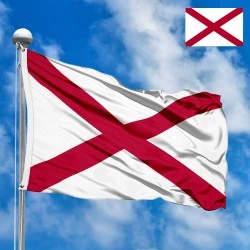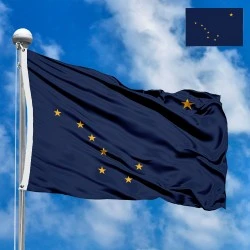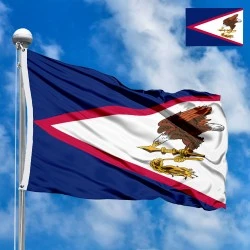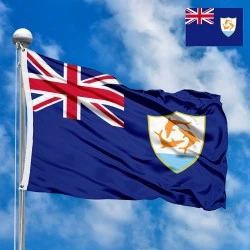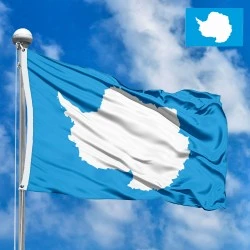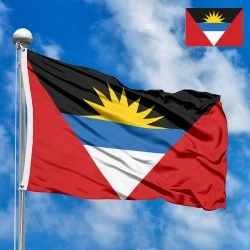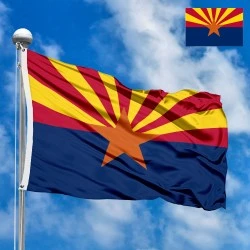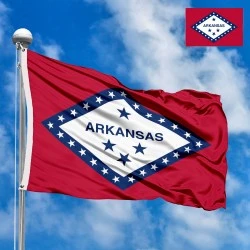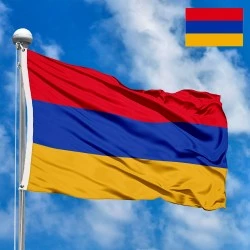Flag of the Templar Cross
- Flag Type: Historical
- Proportions (official): N/A
- Official name: Knights Templar
- Local name: Pauperes commilitones Christi Templique Salomonici
- Sovereignty (year): NO (Powerful military order, subject only to the Pope)
- Capital: Jerusalem, Acre, Paris (main headquarters)
- Population: 15,000–20,000 (at peak, estimate)
- Religions: Roman Catholicism
- Languages: Latin, Old French
Flag Information
General information
Demography and Culture
Economy and communications
- All Flags
- Flags of Countries by Continent
-
Flags of Organizations
- Flags of UN countries
- Flags of the European Union countries
- Flags of NATO countries
- Flags of the countries of the Organization of Islamic Cooperation
- Flags of the countries of the Organization of American States
- Flags of the Arab League countries
- Flags of the African Union countries
- Flags of the countries of the Union of South American Nations
- Flags of the Commonwealth of Nations
- Flags of the countries of the Secretariat of the Pacific Community
- Flags of the Nordic Council countries
- Flags of the Caribbean Community
- Flags of the countries of the Association of Southeast Asian Nations
- Flags of the East African Community
- Flags of the countries of the Organization of Turkic States
- LGBT Community Flags
- Historical Flags
- Ethnic Flags
- Flags of the USA (states)
Description
The Templar Cross, a simple yet profoundly powerful symbol of a red cross on a white background, is arguably the most recognizable emblem of the legendary Knights Templar. While the Order’s battle standard, the Beauséant, was famous for its black and white field, the red cross was the personal and spiritual badge worn by every knight, a direct declaration of their sacred vows and their divine mission. This banner, in its most iconic form, stands as a testament to the Order's dual identity as both a pious monastic institution and a formidable military force.
Design and Symbolism
The design is deceptively simple, yet packed with meaning. The flag consists of a red cross placed prominently on a white field.
-
The White Field: The white background is not merely a color; it is the visual representation of the white mantle worn by the Knights. This white color symbolized their commitment to a new life of purity, chastity, and devotion, having renounced the sins and temptations of the secular world. It was a physical and spiritual cleansing, setting them apart as soldiers of Christ.
-
The Red Cross: The cross itself, a powerful symbol of Christianity, was the ultimate sign of their sacred oath. The red color had several profound meanings: it represented the blood of Christ and the martyrdom he suffered, serving as a constant reminder of their faith. It also symbolized the blood they were prepared to shed for the defense of pilgrims and the Holy Land, a visible pledge of their willingness to sacrifice their lives.
The combination of white and red created an emblem of immense spiritual significance: pure-hearted warriors, ready to die for Christ. The cross most commonly used was a simple, straight cross (a Latin or Greek cross), though later representations also feature a cross pattée or cross potent.
History of Creation and Adoption
The red cross was not part of the Templars' original attire. It was officially granted to the Order by Pope Eugenius III in 1147 at the Council of Vézelay, nearly three decades after the Order's founding. This papal decree was a pivotal moment. The cross was to be worn on the left shoulder of their mantle, over the heart, symbolizing their direct allegiance to the Holy See and their role as papal soldiers. This grant distinguished the Templars from other Crusader forces and affirmed their unique status as a sovereign military order. For the Knights, receiving the cross was a sacred rite, a formal adoption of their mission. It was carried into every battle, embroidered on their banners, and emblazoned on their shields, serving as a beacon for all who fought for the faith.
Flag Size and Proportions
In the medieval period, heraldic symbols were more important than standardized flag dimensions. The red cross on a white field was primarily a heraldic device. Therefore, its size and proportions varied widely depending on its application. It was seen on small pennants, large battle standards (often alongside the Beauséant), and on the surcoats and shields of the knights. The cross itself was typically simple and bold, designed to be clearly visible from a distance in the chaos of battle. The focus was on the powerful visual message, not on specific measurements.
The Order and its Meaning for its Knights
For a Templar Knight, the red cross was the ultimate mark of identity. It was not a political flag but a spiritual and military one. It represented their solemn vow of service, their commitment to poverty, chastity, and obedience, and their sacred duty to protect pilgrims. It served as a unifying symbol for knights who hailed from different parts of Europe and spoke different languages, binding them together in a holy brotherhood. The cross was a constant reminder of their purpose, their unwavering faith, and their willingness to follow Christ's example of sacrifice. This emblem was so central to their identity that it became synonymous with the Order itself, a powerful symbol of their courage and devotion.
Interesting Facts
-
The red cross on a white background is often considered the first "uniform" of a military order, making the Templars pioneers in military heraldry.
-
The flag's design has had a profound impact on history. The Swiss national flag, with its white cross on a red field, is believed by some to be a nod to the Swiss mercenaries who fought for the Papacy and the Templar legacy. The emblem of the International Red Cross organization is a direct inversion of the Swiss flag, but its simple, powerful symbolism echoes the Templar banner.
-
Knights of different ranks within the Order sometimes had different colored crosses. For example, some sources suggest sergeants may have worn a black or red cross on their mantles, though the red cross on a white background remains the most iconic.
-
The Templar Cross's symbolic power was so great that, even after the Order's dissolution in 1312, it continued to be used by other institutions and became a potent symbol in popular culture, representing mystery, power, and sacred duty.
In conclusion, the Templar Cross is more than just a flag; it is a powerful spiritual emblem that embodies the faith, sacrifice, and enduring legacy of the Knights Templar, a military order that left an indelible mark on the history of the world.
In the demonstration images, full-size flags are shown with proportions of 2:3, and hand-held flags with proportions of 1:2.
Donation
Download
Completely free for commercial and non-commercial use (public domain).
You can freely use them in your news magazines, websites, software, mobile applications.
We appreciate a backlink to https://flagssite.com
Raster files - Flag of the Templar Cross (PNG, JPG)
 Waving flag
Waving flag
- PNG format (transparent background), 72dpi, dimensions in Pixels (px), aspect ratio 3:4.
- 15х20 px
- 30х40 px
- 60х80 px
- 120x160 px
- 240x320 px
 Sizes:
Sizes:
"v15" - image size (by height); if necessary, replace with available: v15, v30, v60, v120, v240.
!!! For resizing, use the Latin (eng) keyboard layout.
<img src="https://flagssite.com/flags/v15/20915.png" alt="Flag of the Templar Cross">
 Round flag
Round flag
- PNG format (transparent background), 72dpi, dimensions in Pixels (px), aspect ratio 1:1.
"d15" - image size (diameter); if necessary, replace with available: d15, d30, d60, d120, d240.
!!! For resizing, use the Latin (eng) keyboard layout.
<img src="https://flagssite.com/flags/d15/20915.png" alt="Flag of the Templar Cross">
 Rectangular flag 2:3
Rectangular flag 2:3
- JPG format, 72dpi, dimensions in Pixels (px), aspect ratio 2:3.
"h30" - image size (by height); if necessary, replace with available: h15, h30, h60, h120, h240, h360, h480.
!!! For resizing, use the Latin (eng) keyboard layout.
<img src="https://flagssite.com/flags/h30/20915.jpg" alt="Flag of the Templar Cross">


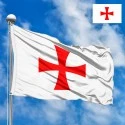
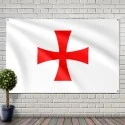
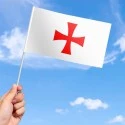

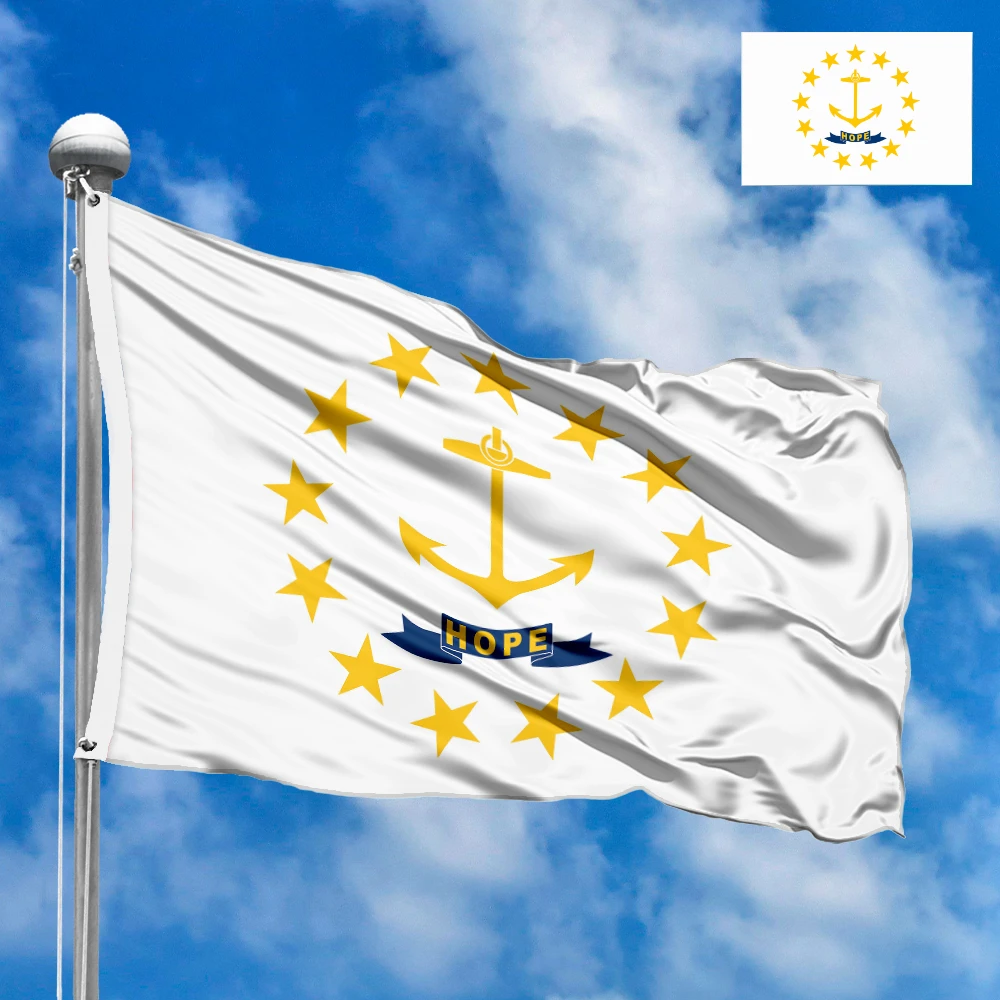
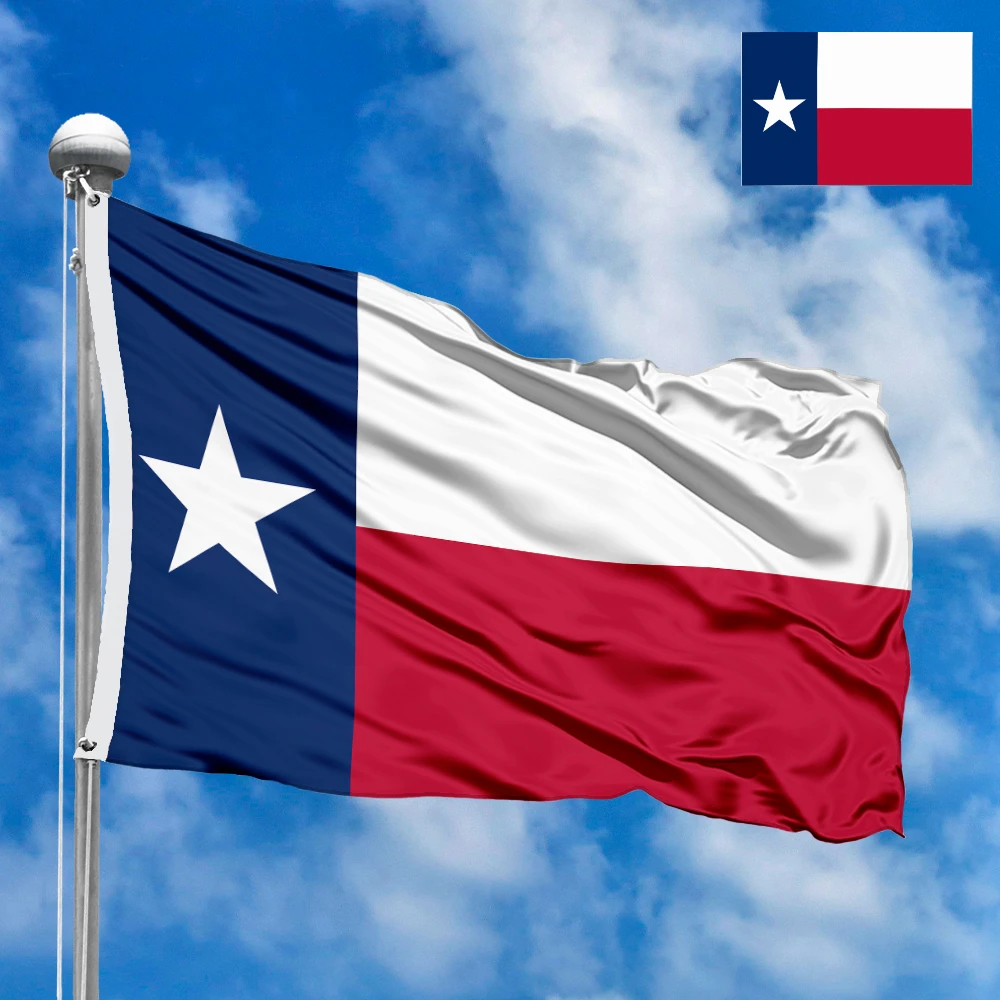

 Sizes:
Sizes:
 Sizes:
Sizes:
